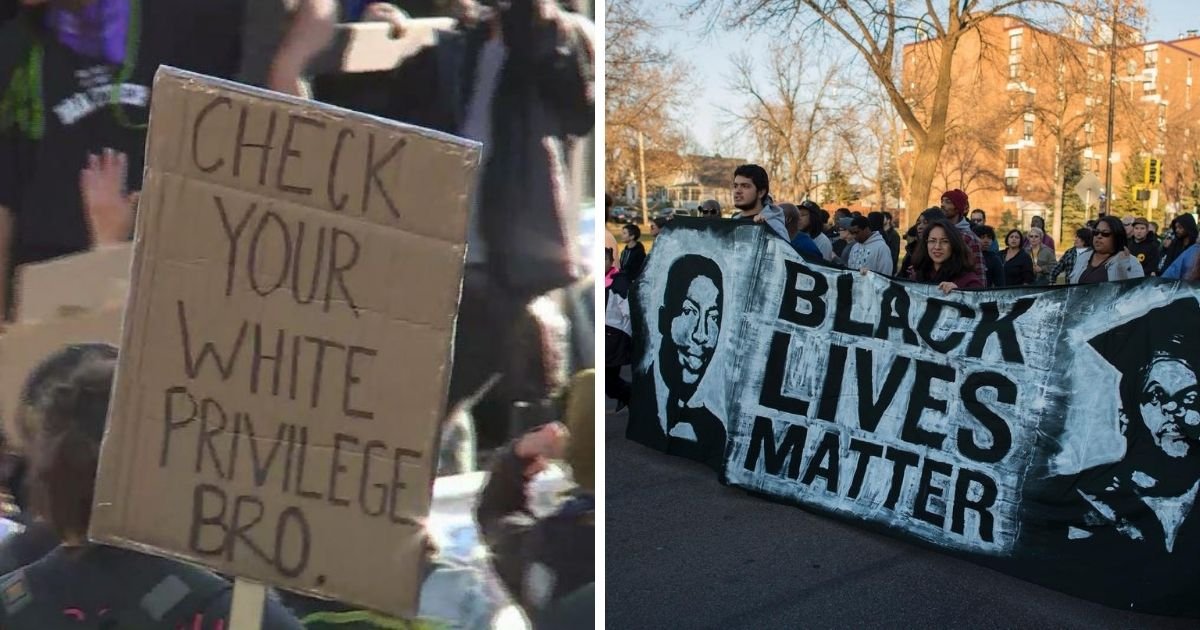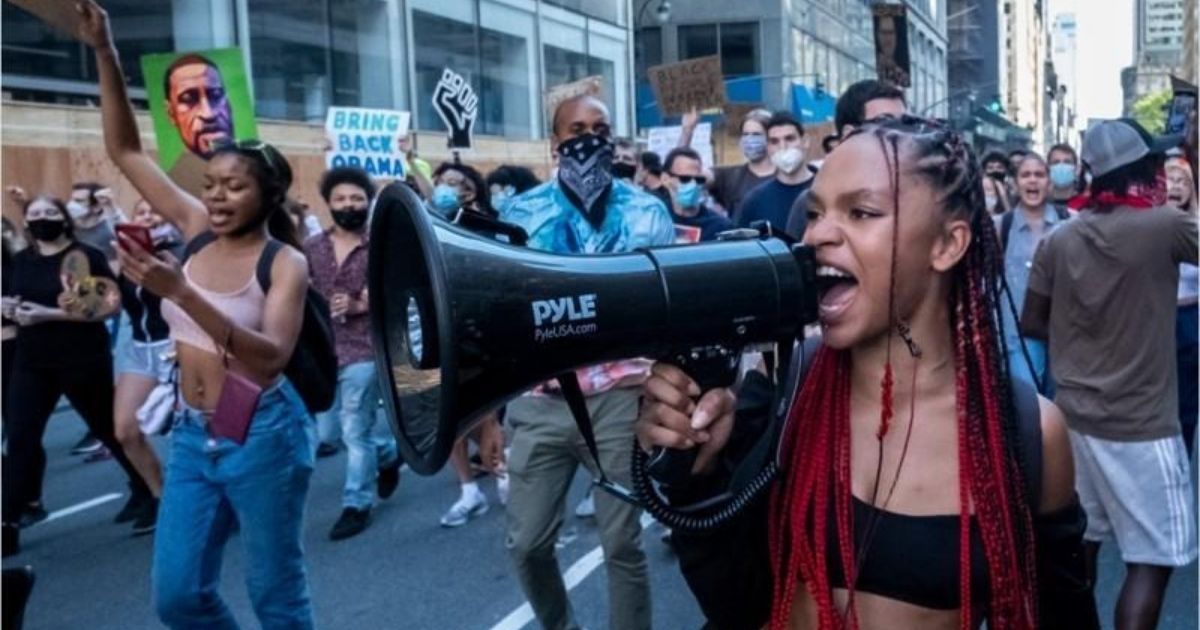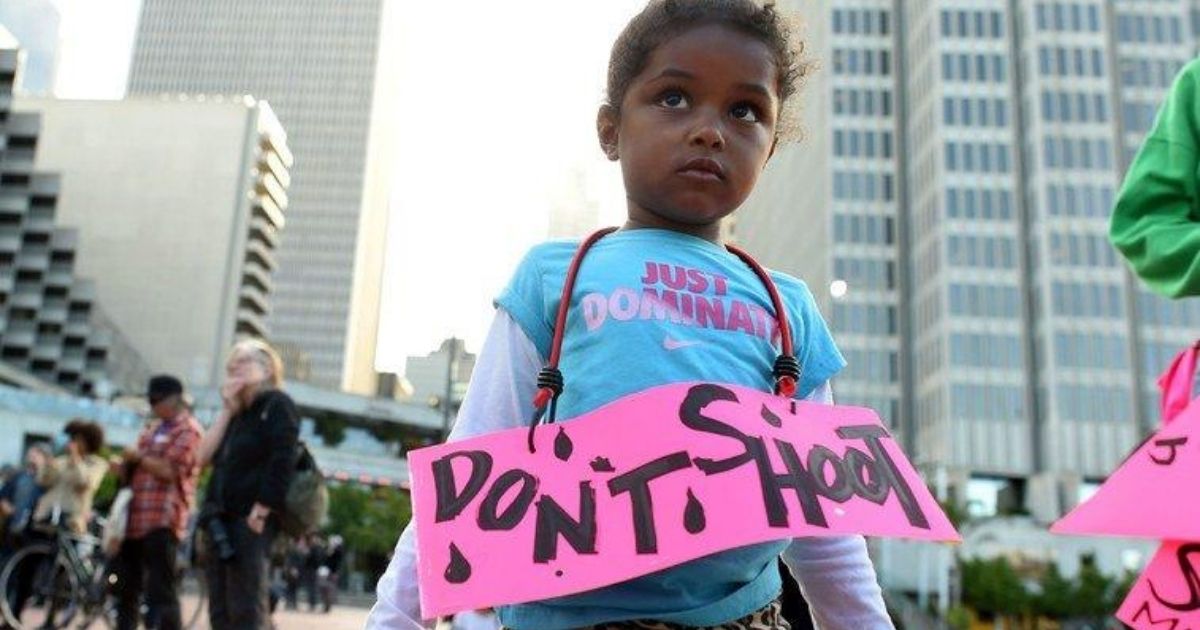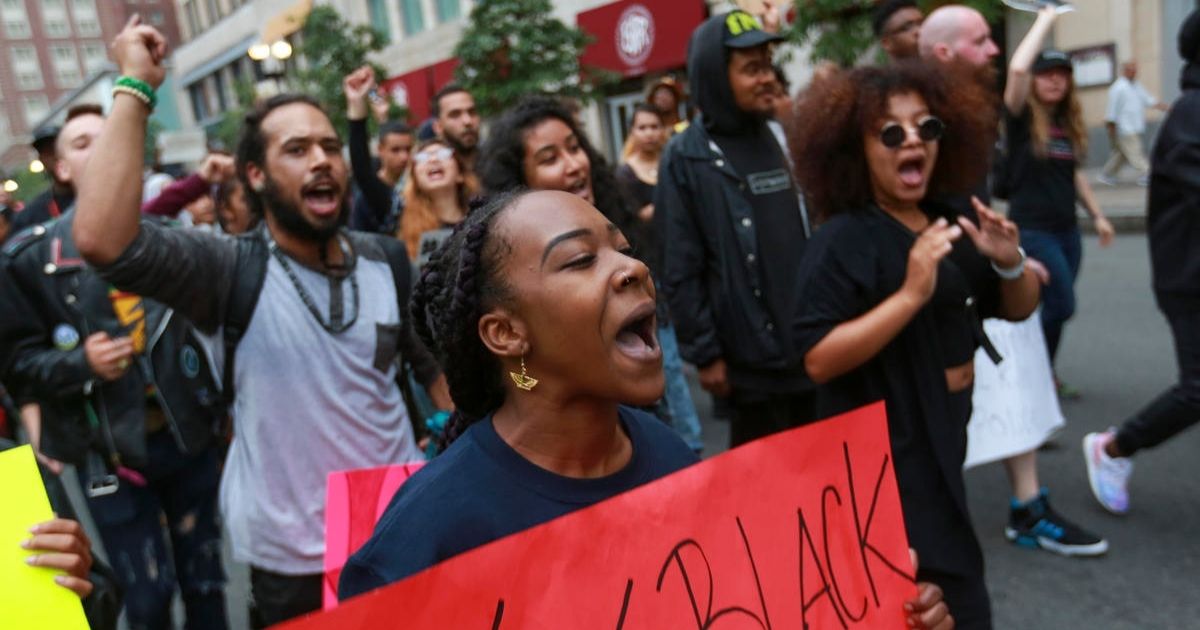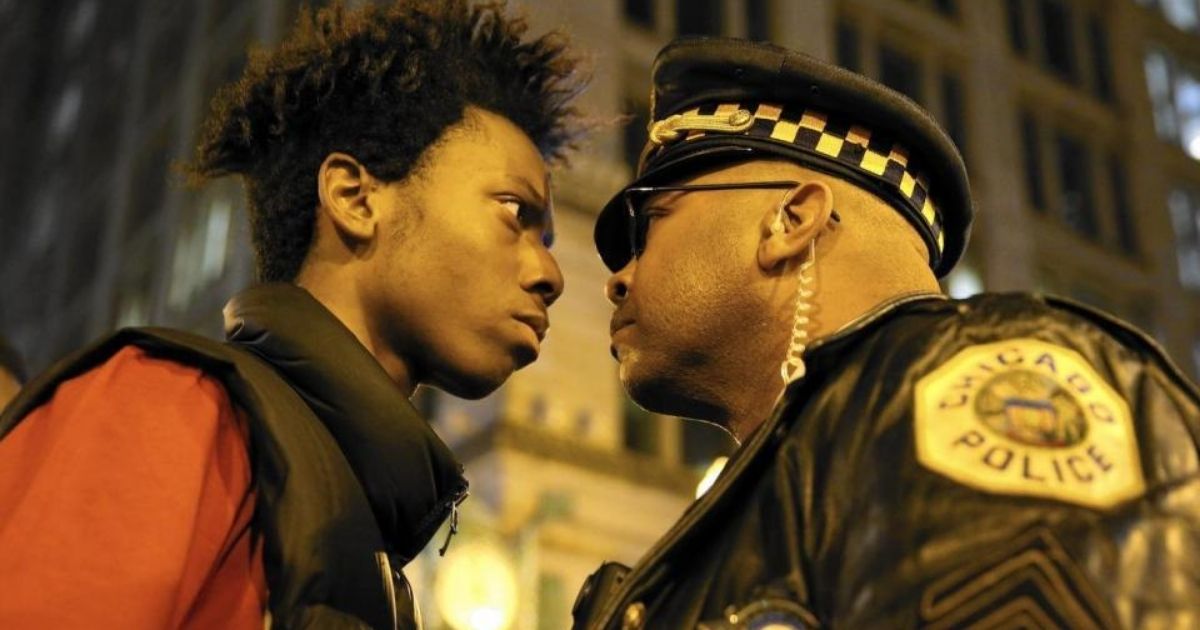The national Black Lives Matter protest movement, rekindled in the days after George Floyd was killed by Minneapolis police last May, and continues to shine a light on what it calls systemic racism and police brutality from the US’s small towns to its urban centers.
Portland, Oregon, has remained a flashpoint of national and global protests that set off after video emerged of Floyd pleading for his life and that he couldn’t breathe while a police officer pins him to the ground with a knee to the back of his neck for about nine minutes.
Compared with other parts of the country, the demonstrations in Portland were mostly peaceful, though they have at times devolved into violence, vandalism, and arson.
Last weekend, protesters pulled down barricades, moved them into streets, and attempted to set a building on fire. Police said that federal law enforcement officers dispersed protesters with gas.
Nearly two months after Floyd’s death erupted massive national and international demonstrations, Black Lives Matter protests are still happening in some places.
In Chicago, protesters gathered near the home of Chicago Mayor Lori Lightfoot on Saturday— one day after violent clashes left police and demonstrators injured.
The protesters accused police of using excessive force to put an end to a protest on Friday which targeted a statue of Christopher Columbus at Grant Park.
According to a police statement, 18 officers were injured after some people in the crowd used rocks, fireworks, frozen bottles, and other objects to attack law enforcement officers. About 12 people were arrested.
Lightfoot, a Democrat, stated that she supports individuals’ right to protest but condemned some protesters and police officers.
Activists with Black Lives Matter Chicago demanded the immediate defunding of the police department.
As part of the larger protest movement against systemic racism, thousands of essential workers walked off their jobs on Monday in more than 100 cities in a call for higher wages, health care benefits and paid sick leave and the right to unionize.
Known as the Strike for Black Lives, the day involved Black and Brown fast-food workers, home health aides, janitors, and others in industries where people of color workers are disproportionately represented.
The protest included a call for workers to walk away from their jobs for eight minutes and 46 seconds, the same amount of time that a Minneapolis police officer suffocated Floyd.


